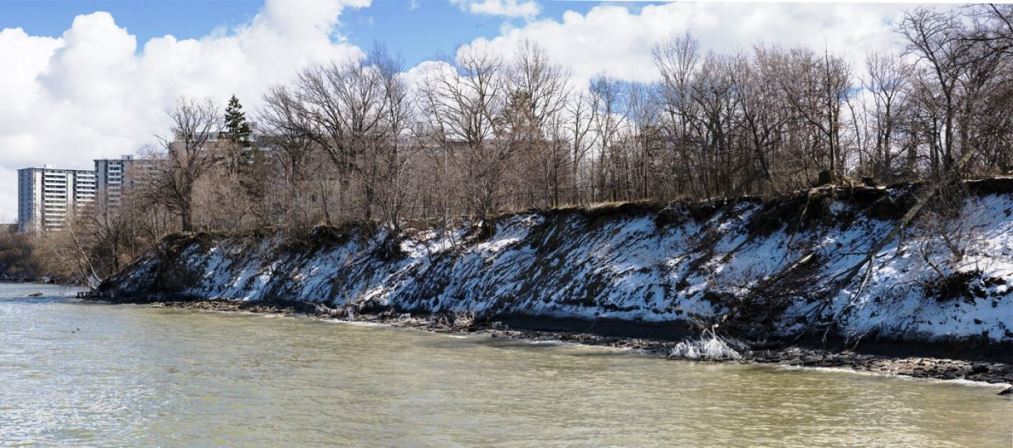The city of Euclid, Ohio is finally realizing the inherent value of its Lake Erie waterfront. The evidence? An innovative project that could become a model for waterfront cities worldwide.
After planning it for years, construction will start this summer on paved, multi-purpose trail that will connect two waterfront parks.
Urban planners across the United States and Canada—especially those in Great Lakes cities that have similar waterfront access problems, and who also need to revitalize—are paying close attention to Euclid.
But it’s not so much the trail that fascinates and inspires them: it’s how Euclid transformed that crucial property from private ownership to public.
City leaders got some 100 homeowners to voluntarily give the city their private lakefront properties, so the public would be able to walk, ride their bikes and have their picnics on the lake.
There was no monetary compensation. Instead, the property owners are receiving something they expect to be far more valuable: enhanced saftey, quality of life, and property value. They’ll get new infrastructure that will stabilize the eroding bluff that their houses sit on above the lake, plus a new public park near their properties. The rest of the city’s residents—and tourists—will finally regain access to their community’s waterfront.
“Having [almost] five miles of shoreline in a city with [nearly] 50,000 people, and those people having little access to the lake, never made much sense to me,” says Euclid Mayor Kirsten Holzheimer Gail, who grew up in a house with a backyard beach on Lake Erie. “What the residents of Euclid are seeing now is that we have an asset in our city and it is Lake Erie. It is an amenity that for years we took for granted — and quite frankly didn’t use much — but now see as an asset that draws people here. Euclid is coming back, and we know that the lakefront is a big part of that now and will be a big part of that in the future.”
Matt Doss is the policy director for the Great Lakes Commission, the binational public agency that represents, advises and assists its member states and provinces. He thinks what is happening in Euclid is reflective of a larger shift in the way we view public spaces.
“What is happening with this is a change of attitude from the public on the value of public access and the appreciation of amenities on the lakefront,” says Doss. “What you are seeing in Euclid is the change in the structural attitude toward dealing with the Great Lakes access issue, and it is an example of landowners working with government, which has been something hard to overcome.”
At the same time, however, Donald Trump’s 2019 proposed budget slashes funding for the Great Lakes Restoration Initiative from $298 million to $30 million. He apparently wants to make sure the Great Lakes are not made great again.
Such cuts threaten to undermine Euclid’s waterfront-oriented revitalization strategies, as they ignore what this inner-ring suburb is quickly learning: Its lakeside location is far from a liability. Indeed, it’s one of the best revitalization tools the city has.
Repurposing and renewing that private lakefront property into public space in order to reconnect Euclid to Lake Erie is a perfect example of the popular 3Re Strategy at work.

